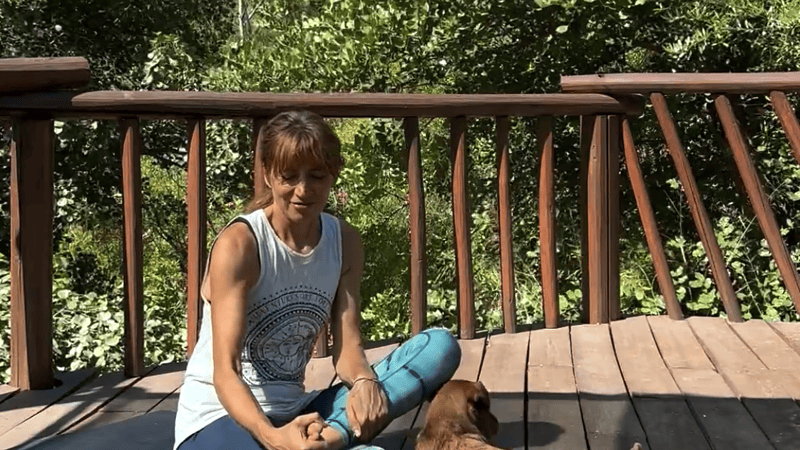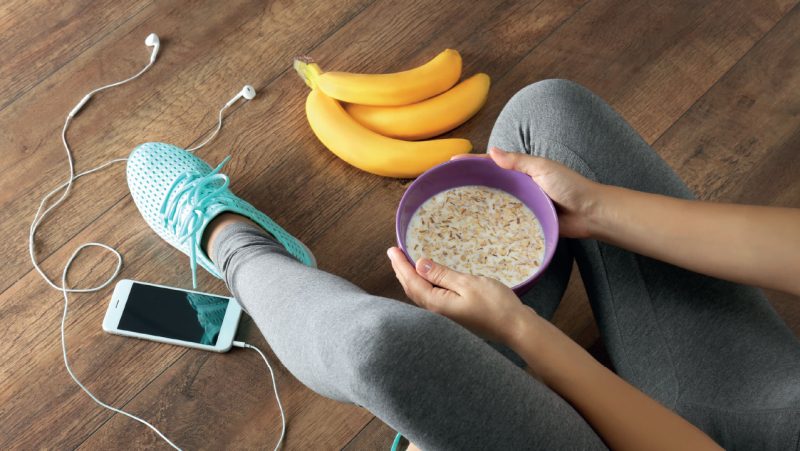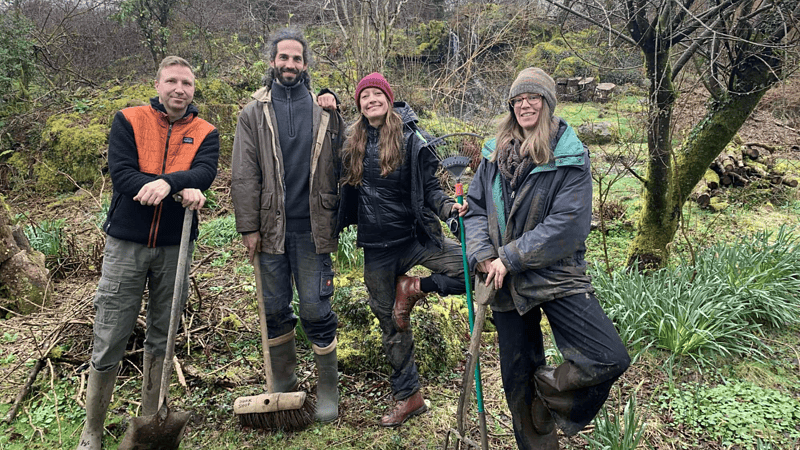
Why Your Gut Needs You to Rest: The Yoga of Slowing Down
There was a time when I thought more movement meant more health. I pushed myself through fast-paced flows, packed schedules, and days that left no room for stillness. But my body—and especially my digestion—had a different message: slow down. It took years of listening to truly understand that rest isn’t laziness. It’s healing.
Reading time: 3 minutes
In a world that often praises hustle over harmony, rest can feel like a radical act. But from a yogic and physiological perspective, it’s essential—especially for your gut. Let’s explore why slowing down matters so much for your digestive health, and how yoga can help you reclaim the rest your body craves.
Rest and the Gut-Brain Connection
Your digestive system doesn’t operate in isolation—it’s in constant communication with your brain through the gut-brain axis. This powerful connection is regulated in part by your autonomic nervous system, specifically the parasympathetic branch. Also known as the "rest and digest" system, it’s responsible for supporting digestion, absorption, and elimination.
When you're in a state of chronic stress or always on-the-go, your sympathetic nervous system (the "fight or flight" mode) takes over. Blood flow to the digestive organs is reduced, enzyme production slows, and you may experience bloating, constipation, or general discomfort. Rest isn’t just a luxury—it’s a requirement for healthy digestion.
The Role of Restorative Yoga
Yoga offers us a powerful toolkit to shift out of fight-or-flight and into a healing state. Restorative and gentle yoga practices are especially effective at activating the parasympathetic nervous system. These slower styles invite us to be present, soften our breath, and turn inward—all of which support digestive health.
Here are a few yoga poses that I return to again and again when my gut needs soothing:
- Supta Baddha Konasana (Reclined Bound Angle Pose): Opens the belly and pelvis while encouraging deep rest.
- Viparita Karani (Legs-Up-the-Wall Pose): Calms the nervous system, improves circulation, and relieves abdominal tension.
- Supported Child’s Pose: Gently compresses the belly and promotes a sense of safety and ease.
Hold each pose for 3–10 minutes, using bolsters or pillows for full support. Let your breath be slow, soft, and natural. Allow your body to receive—not do.
Rest Is a Practice, Too
In yoga, we often talk about svadhyaya—self-study. Learning how to rest is one of the most profound studies we can undertake. It asks us to tune in rather than tune out, to honour our needs instead of overriding them.
Choosing rest doesn’t mean giving up. It means giving in to the natural wisdom of your body. When you pause, you create the conditions for healing. And when your nervous system feels safe, your gut can finally do its job with ease.
So the next time your belly feels off, ask yourself: when was the last time I truly rested? Then roll out your mat, prop yourself up, and give yourself permission to do less. Your gut will thank you.





